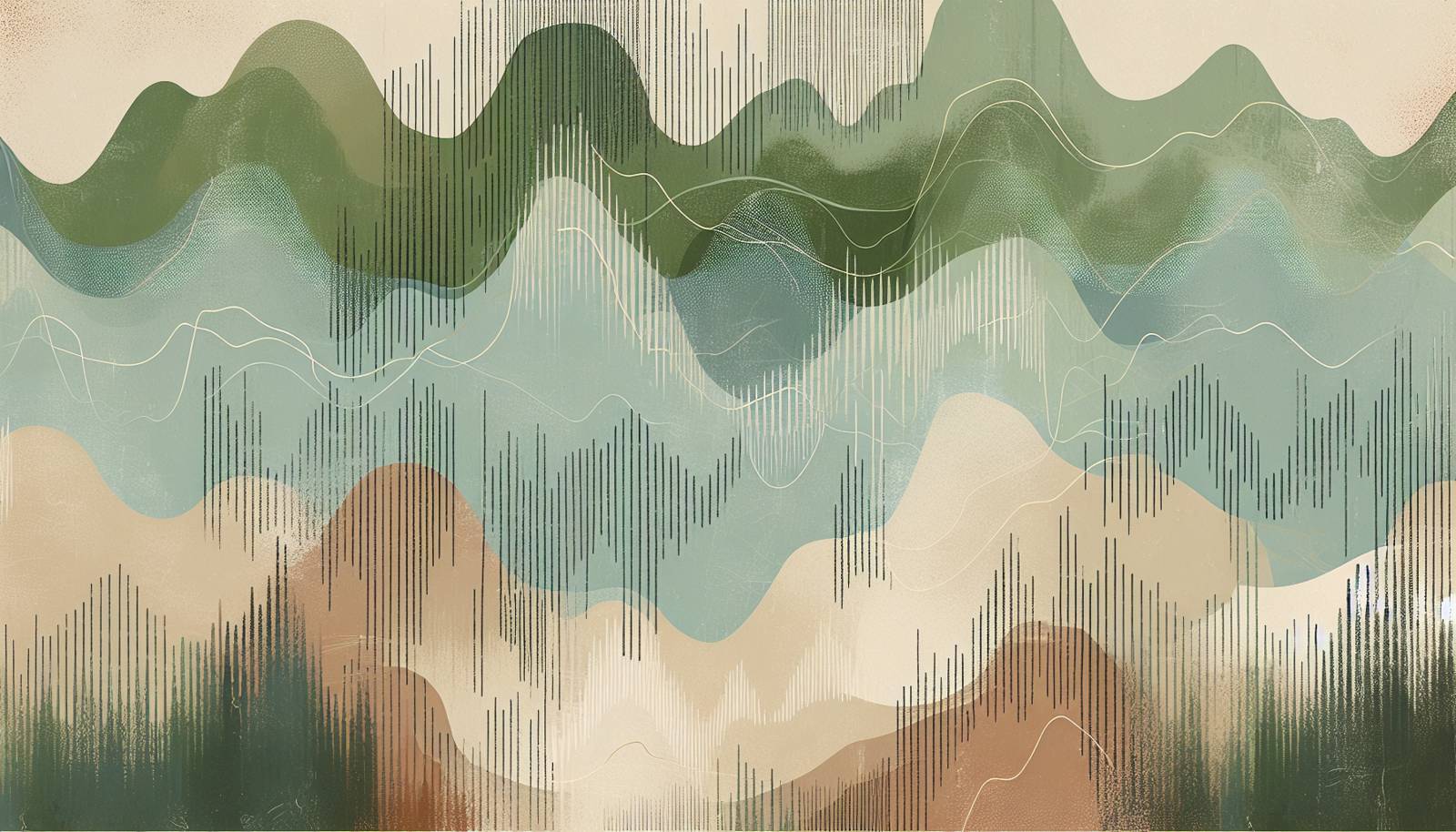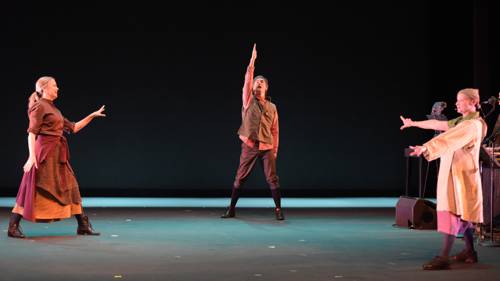
FAQ About The Evolution of Nature-Based Soundscapes in Music

What are nature-based soundscapes?
Nature-based soundscapes refer to compositions that incorporate natural sounds such as birdsong, water currents, wind, and animal noises. These elements can be used to create immersive auditory experiences that evoke the ambient environment or reflect on natural themes.

How have nature sounds been historically used in music?
Historically, composers like Ludwig van Beethoven in 'Pastoral Symphony' and composers of the Romantic era used natural sounds to bring a sense of place and emotional depth to their works. These sounds served as inspirations or direct elements of compositions, often imitating or directly incorporating elements of the natural world.

Why are natural soundscapes becoming popular in modern music?
Natural soundscapes are gaining popularity due to an increased awareness of environmental issues and the desire to create a connection between listeners and nature. Artists use these elements to promote ecological consciousness, provide meditative effects, and craft immersive auditory journeys that underscore the beauty and fragility of the natural world.

What genres of music commonly use nature-based soundscapes?
Nature-based soundscapes are most common in genres such as ambient, new age, folk, and some electronic music. These genres leverage the tranquil and evocative nature of environmental sounds to enhance the listening experience, though elements can appear in any musical genre.

Who are notable artists known for using nature sounds in their music?
Notable artists include Björk, who integrates Icelandic nature sounds into her music, Brian Eno, a pioneer in ambient music, and R. Murray Schafer, known for his environmental music. These artists, among others, have significantly contributed to the evolution and popularity of nature-based soundscapes.

How do artists integrate natural sounds into their compositions?
Artists often use field recordings, capturing natural sounds directly from environments, which are then mixed with traditional instruments and electronic synthesis. They may use software to manipulate these sounds, or integrate them organically to retain their natural integrity within compositions.

Can nature-based soundscapes affect listeners' mental health?
Yes, listening to nature-based soundscapes can positively impact mental health by reducing stress, enhancing relaxation, and improving focus. These soundscapes simulate a natural environment's calming effects, providing therapeutic and meditative benefits to listeners.

Is the use of nature soundscapes in music a modern trend?
While the use of nature sounds in music has historical roots, the modern trend involves more advanced technology and widespread environmental consciousness. Today's artists have more tools to precisely capture, manipulate, and innovate with these sounds, expanding their use as both an artistic and activist tool.

How do technology and field recording advancements impact the creation of nature soundscapes?
Advancements in technology and field recording have significantly enhanced the quality and accessibility of natural sounds in music. High-quality microphones, portable recording devices, and sophisticated audio software enable artists to capture nuanced environmental sounds and creatively integrate them into their work.

What role do nature-based soundscapes play in environmental awareness?
Nature-based soundscapes play a crucial role in environmental awareness by fostering a connection between listeners and the natural world. They encourage a deeper appreciation and mindfulness of ecological issues, often serving as a call to action for conservation and sustainable living through evocative auditory storytelling.

Are there specific techniques used to enhance nature soundscapes in music?
Specific techniques include layering, where multiple nature sounds are overlaid to create a dense, immersive effect, and spatial audio techniques, which create a sense of distance and direction. Artists may also use reverb and delay effects to mimic natural settings and time-manipulation to align these sounds seamlessly with musical elements.

What challenges do artists face when integrating natural sounds into music?
Artists face challenges such as balancing the authenticity of natural sounds with musical elements, ensuring high-quality recordings, and maintaining listener engagement. There can also be ethical considerations related to environmental impact and cultural respect when capturing certain sounds.

How can listeners discern quality in nature-based soundscapes?
Quality in nature-based soundscapes can be discerned through clarity, authenticity of sounds, the seamless integration with musical elements, and the emotional or thematic coherence of the piece. High-quality soundscapes often provide clarity without distortion and integrate the sounds in a way that feels natural and enhances the overall atmosphere.

Do nature-based soundscapes have a cultural significance?
Yes, nature-based soundscapes can have cultural significance, as they often reflect the environmental and cultural heritage of specific regions. They can serve as a medium for storytelling, preserving acoustic ecologies, and promoting cultural identity alongside environmental themes.

Can nature-based soundscapes be considered a form of environmental activism?
Nature-based soundscapes can indeed be a form of environmental activism. By highlighting environmental beauty and issues through music, artists can inspire change and awareness. This artistic approach can motivate listeners to consider the environmental impact of humans and support ecological preservation efforts.

How do listeners typically respond to nature soundscapes in music?
Listeners often respond positively to nature soundscapes, finding them calming, inspiring, and sometimes nostalgic. Many find these works to be evocative and engaging, offering a unique auditory experience that fosters a closer connection to nature and provides an escape from urban stressors.

What is the role of ambient music in the evolution of nature soundscapes?
Ambient music has played a significant role in the evolution of nature soundscapes, as it emphasizes atmosphere and mood over traditional musical structure. This genre has embraced natural sounds to create immersive environments, often using them as central elements to evoke tranquility and reflection.

Can digital manipulation of natural sounds detract from their authenticity?
Digital manipulation of natural sounds can detract from authenticity if overused or inappropriately applied. Maintaining a balance is crucial, as excessive modification may strip the natural character of the sounds. However, thoughtful enhancements can complement and elevate the artistic intent of the composition.

What future trends might emerge in the use of nature-based soundscapes?
Future trends may include the increased use of immersive multimedia experiences, virtual reality soundscapes, and personalized auditory environments. We may also see a deeper integration of AI in creating these soundscapes, offering more interactive and dynamically generated compositions.

How does the incorporation of nature sounds differ in live performances versus recordings?
In live performances, the challenge lies in replicating high-quality nature sounds and their immersive qualities, often requiring sophisticated sound systems and acoustically tuned venues. Recordings offer more control over sound manipulation and playback, allowing for a precise soundscape that can be perfected and enhanced with studio technology.
